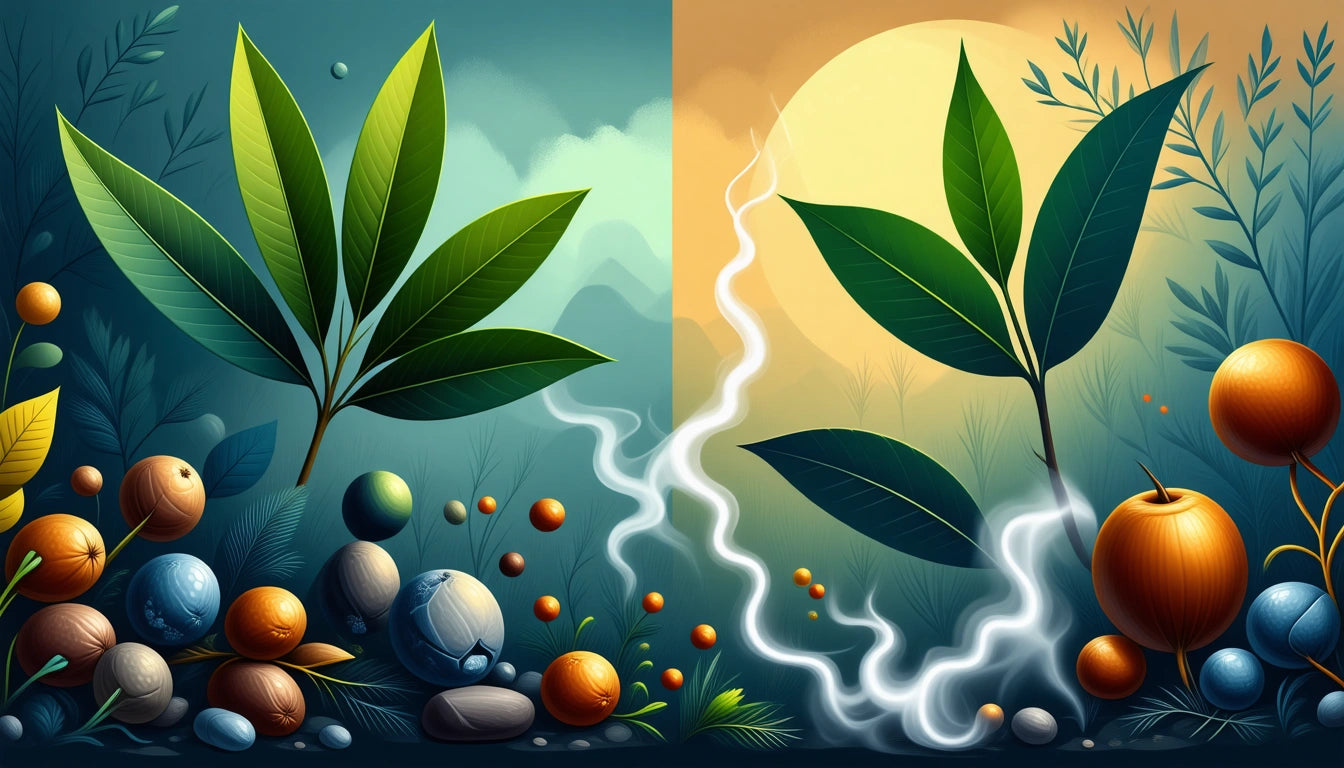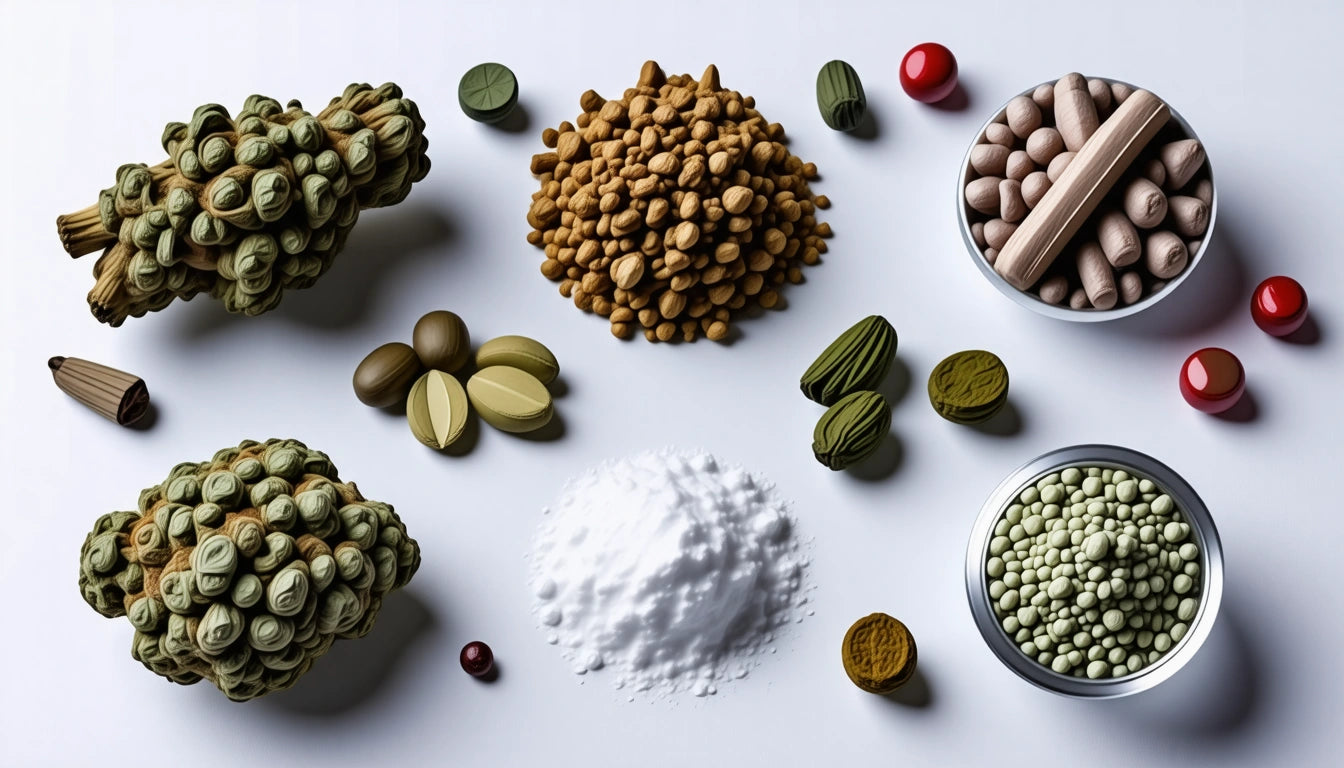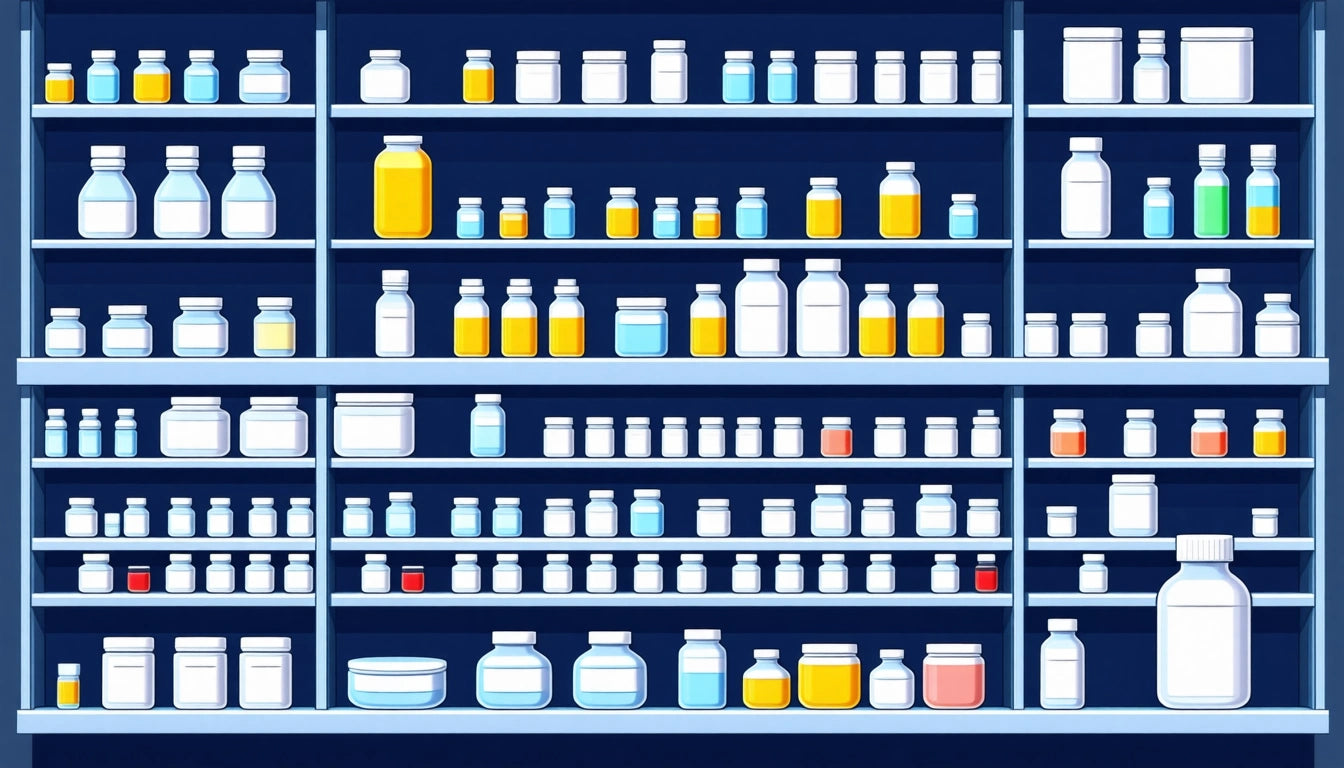Table of Contents
- Origins and Definitions: Fronto Leaf vs Grabba
- Physical Characteristics and Preparation Methods
- Flavor Profiles and Smoking Experience
- Cultural Significance and Regional Preferences
- Preparation Techniques and Tools
- Health Considerations When Using Natural Leaf Wraps
- Future Applications and Evolving Smoking Traditions
Fronto Leaf vs Grabba: Understanding the Differences and Uses
When exploring natural tobacco leaf products used for rolling, two names frequently emerge in discussions: fronto leaf and grabba. While these products share similarities, they possess distinct characteristics that influence user preference and application. This comprehensive guide examines the fronto vs grabba debate, helping enthusiasts make informed choices based on flavor, strength, and cultural significance.
Origins and Definitions: Fronto Leaf vs Grabba
Fronto leaf, also known as Fanta leaf, originates primarily from Connecticut and other tobacco-growing regions in the United States. It consists of whole, cured tobacco leaves that are typically larger in size and lighter in processing. These leaves are valued for their versatility and natural composition.
Grabba, on the other hand, has strong Jamaican roots and represents a specific preparation of tobacco leaves. As detailed in this exploration of grabba ingredients and preparation, it often undergoes additional processing, including soaking in rum or other flavoring agents, resulting in a stronger, more distinct product.
Physical Characteristics and Preparation Methods
Fronto Leaf Characteristics
Fronto leaves typically present as:
- Large, intact tobacco leaves
- Varying in color from light brown to dark brown
- More pliable and easier to work with when properly moistened
- Less processed than grabba
- Sold as whole leaves that require cutting before use
Grabba Characteristics
Grabba generally appears as:
- Smaller, pre-cut pieces of tobacco leaf
- Darker in color, often deep brown to nearly black
- Thicker and more rigid in texture
- More intensely flavored due to additional processing
- Sometimes sold in ready-to-use formats
Flavor Profiles and Smoking Experience
The grabba vs fronto comparison extends significantly to flavor profiles and smoking experiences. Fronto leaves generally offer a milder, more natural tobacco taste with subtle earthy notes. Their thinner composition allows for a less dominant presence when used as a wrap.
Grabba delivers a more robust, often described as "heavier" smoking experience. As outlined in this analysis of grabba's effects, its additional processing and potential flavor infusions create a stronger presence that some users specifically seek for its distinctive character.
Cultural Significance and Regional Preferences
Regional preferences play a significant role in the fronto leaf vs grabba discussion. Grabba holds deep cultural significance in Jamaican smoking traditions, where it has been used for generations. Its preparation often follows specific cultural practices passed down through families.
Fronto leaf has gained popularity more broadly across North America, particularly in urban centers where natural alternatives to commercial cigar wraps are sought. The preference often aligns with regional smoking cultures and available products.
Preparation Techniques and Tools
Proper preparation significantly impacts the usability of both products. For fronto leaves, users typically:
- Lightly mist the leaf with water to increase pliability
- Cut the leaf into appropriately sized pieces
- Remove the center stem for easier rolling
- Store unused portions in humidity-controlled containers
For efficient preparation, many enthusiasts utilize specialized tools such as quality grinders and processing equipment to achieve consistent results when preparing their smoking materials, whether using fronto or grabba as a wrapper.
Health Considerations When Using Natural Leaf Wraps
Both fronto leaf and grabba contain nicotine and other compounds naturally present in tobacco. Users should be aware that, despite being "natural" products, they carry similar health considerations as other tobacco products. The nicotine content can vary between products, with grabba often containing higher concentrations due to its processing methods.
Some users report that natural leaf products like fronto and grabba feel "cleaner" than commercial cigar wraps, which may contain additional preservatives and chemicals. However, it's important to note that all tobacco products carry inherent health risks regardless of processing methods.
Future Applications and Evolving Smoking Traditions
The use of natural tobacco leaves continues to evolve within smoking communities. Innovation in preparation methods, including new flavoring techniques and hybrid approaches that combine elements of both fronto and grabba traditions, represents an emerging trend. As consumers become more conscious about product origins and processing methods, there's growing interest in transparent sourcing and traditional preparation techniques.
The fronto vs grabba conversation will likely continue to develop as regional smoking traditions spread globally through cultural exchange and online communities. This evolution points toward a richer understanding of natural tobacco products and their diverse applications in contemporary smoking practices.
Whether you prefer the milder, more versatile nature of fronto leaf or the bold, distinctive character of grabba, understanding their differences allows for more informed choices that align with personal preferences and intended use cases.











Leave a comment
All comments are moderated before being published.
This site is protected by hCaptcha and the hCaptcha Privacy Policy and Terms of Service apply.